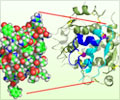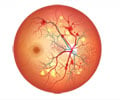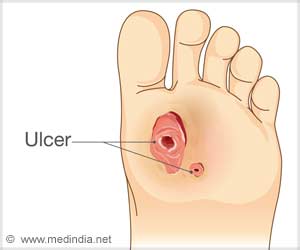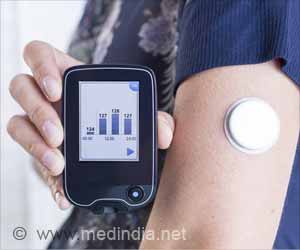
Results: Fifty-six studies from 20 countries met the inclusion criteria. A large majority of the ADA recommended interventions are cost-effective. We found strong evidence to classify the following interventions as cost saving or very cost-effective:
(I) Cost saving-
1) ACE inhibitor (ACEI) therapy for intensive hypertension control compared with standard hypertension control;
2) ACEI or angiotensin receptor blocker (ARB) therapy to prevent end-stage renal disease (ESRD) compared with no ACEI or ARB treatment;
3) early irbesartan therapy (at the microalbuminuria stage) to prevent ESRD compared with later treatment (at the macroalbuminuria stage);
Advertisement
(II) Very cost-effective-
Advertisement
2) universal opportunistic screening for undiagnosed type 2 diabetes in African Americans between 45 and 54 years old;
3) intensive glycemic control as implemented in the UK Prospective Diabetes Study in persons with newly diagnosed type 2 diabetes compared with conventional glycemic control;
4) statin therapy for secondary prevention of cardiovascular disease compared with no statin therapy;
5) counseling and treatment for smoking cessation compared with no counseling and treatment;
6) annual screening for diabetic retinopathy and ensuing treatment in persons with type 1 diabetes compared with no screening;
7) annual screening for diabetic retinopathy and ensuing treatment in persons with type 2 diabetes compared with no screening; and
8) immediate vitrectomy to treat diabetic retinopathy compared with deferred vitrectomy.
Conclusions: Many interventions intended to prevent/control diabetes are cost saving or very cost-effective and supported by strong evidence. Policy makers should consider giving these interventions a higher priority.
Source-Medindia















